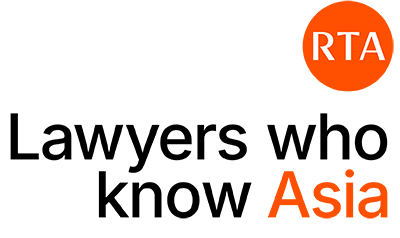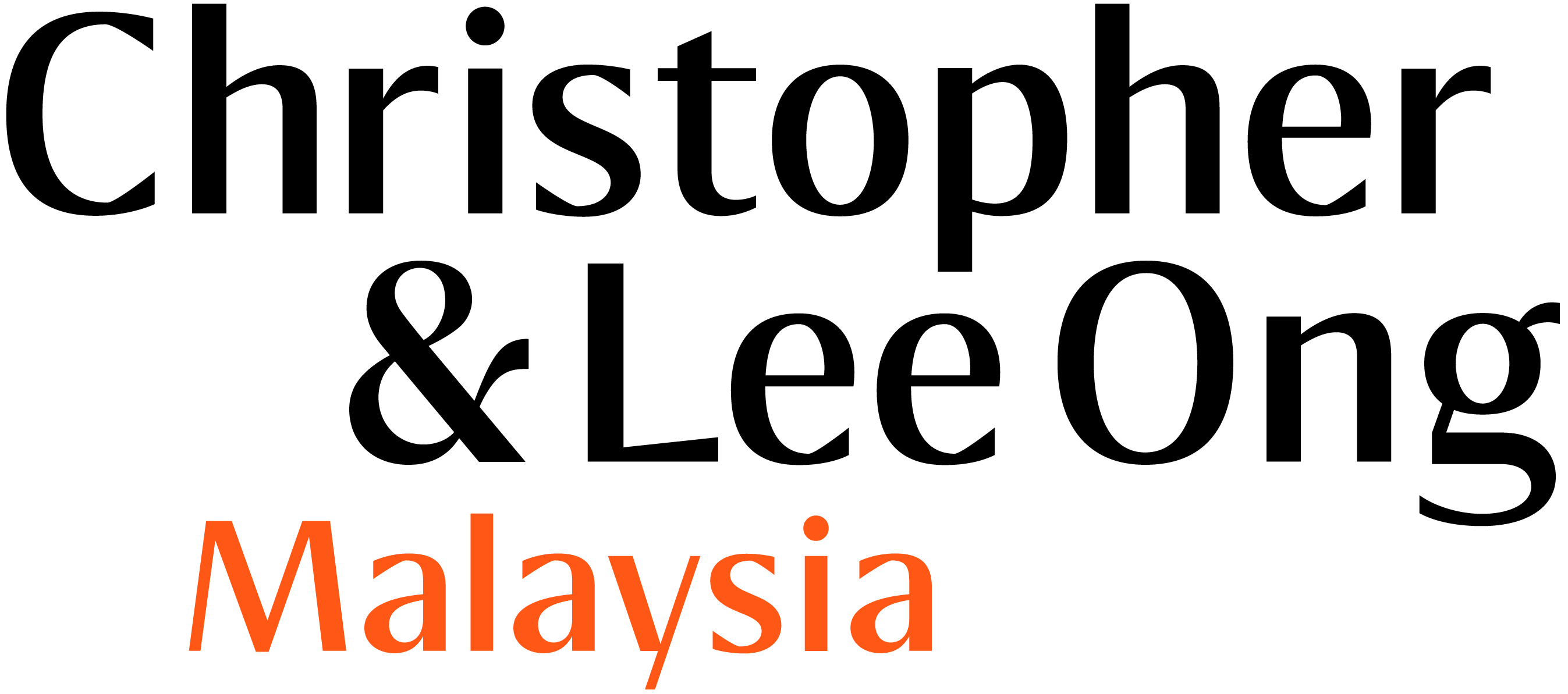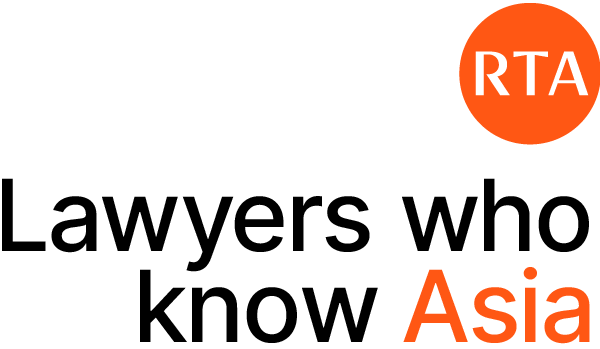Introduction
As Malaysia continues to strengthen its position as the leading player in the regional digital economy, the Ministry of Investment, Trade and Industry (MITI) has recently published the Guidelines for Sustainable Development of Data Centre (“Guidelines“) which provide a framework for the development and operation of sustainable data centres in Malaysia.
This is in line with the Digital Ecosystem Acceleration (“DESAC“) scheme launched by the Government of Malaysia which aims at fortifying Malaysia’s digital infrastructure and attracting high-quality investments by offering tax incentives to companies investing in digital projects in Malaysia and fostering a conducive environment for digital transformation.
Objectives of the Guidelines
The Guidelines aim to outline the best practices and regulatory standards to ensure that data centres are high-performing and environmentally friendly. The Guidelines set out the following as the objectives:
- positioning Malaysia as the data centre hub in Southeast Asia by attracting investment from sustainable data centre organisations;
- unlocking further capacity of organisations in designing and operating energy-efficient data centres;
- accelerating the use of renewable or clean energy in delivering low-carbon energy sources for the operation of the data centre; and
- encouraging innovation in enhancing the efficiency of water consumption in the design and operation of the data centre.
Achieving Status of a Sustainable Data Centre
The Guidelines set out the following parameters which are used to measure the achievement of the status as a sustainable data centre in Malaysia:
- Power Usage Effectiveness (“PUE”): the ratio of the data centre total energy consumption to information technology equipment energy consumption, calculated, measured or assessed across the same period. The owner/developer/operator of the data centre (“Organisation“) needs to declare the calculated design PUE value according to international standard ISO/IEC 30134-2.
- Carbon Usage Effectiveness (“CUE”): the ratio of the data centre annual carbon dioxide (“CO2“) emissions and information technology equipment energy demand. The Organisation shall declare the calculated design CUE value according to international standard IS0/IEC 30134-8. The Organisation may purchase renewable energy resources for its operation, produce or co-produce renewable electricity on-site, or generate CO2 in other manners.
- Water Usage Effectiveness (“WUE”): the ratio of the data centre water consumption divided by the energy consumed by information technology equipment. The Organisation should avoid water stress areas in locating the new data centre by considering areas with water stress index (WSI) of less than 0.8 (this is only applicable for areas within Peninsular Malaysia). The Organisation may utilise the reclaimed or reused water for its operation. The Organisation shall declare the calculated design WUE value according to international standard ISO/IEC 30134-9.
Categorisation of Data Centres
Appendix 1 of the Guidelines provides for the following categories of data centres in Malaysia:
- Hyperscale (commercial single tenant & Service Provider Private);
- Colocation (multi-tenant) Purpose Built (post-2020 build);
- Colocation (multi-tenant) Purpose Built (pre-2020 build) – medium voltage;
- Colocation (multi-tenant) Purpose Built (pre-2020 build) – low voltage;
- Colocation (multi-tenant) Converted Building; and
- Enterprise Private (Captive) Purpose Built & Converted Building.
Each of the categories above have different characteristics in terms of power supply, power capacity, baseline PUE at current information technology load, proposed design PUE target for high energy efficiency, measurement methodology for PUE, proposed design WUE, measurement methodology for WUE, and measurement frequency.
Conclusion
While it is undeniable that Malaysia is strategically positioned to host the development of digital infrastructure (which is evidenced by the number of data centre projects in Malaysia in recent years), it is vital to ensure that such development remains sustainable. The Guidelines are definitely one of the key policies and initiatives by the Government to integrate the ESG (Environmental, Social and Governance) frameworks into the industry in Malaysia, and a firm step towards achieving net-zero by 2050.
It is important to note that applications received by the Malaysian Investment Development Authority (MIDA) for tax incentives under the DESAC scheme until 31 December 2027 will be subject to conditions outlined in the Guidelines. This will further encourage all players in Malaysia to comply with the Guidelines to achieve the status of sustainable data centres.
Should you require further information or any advice on the above or any other matters pertaining to projects, energy and infrastructure, please feel free to reach out to any member of our team listed below.
Please click here for the Simplified Chinese version of the Update.
Disclaimer
Rajah & Tann Asia is a network of member firms with local legal practices in Cambodia, Indonesia, Lao PDR, Malaysia, Myanmar, the Philippines, Singapore, Thailand and Vietnam. Our Asian network also includes our regional office in China as well as regional desks focused on Brunei, Japan and South Asia. Member firms are independently constituted and regulated in accordance with relevant local requirements.
The contents of this publication are owned by Rajah & Tann Asia together with each of its member firms and are subject to all relevant protection (including but not limited to copyright protection) under the laws of each of the countries where the member firm operates and, through international treaties, other countries. No part of this publication may be reproduced, licensed, sold, published, transmitted, modified, adapted, publicly displayed, broadcast (including storage in any medium by electronic means whether or not transiently for any purpose save as permitted herein) without the prior written permission of Rajah & Tann Asia or its respective member firms.
Please note also that whilst the information in this publication is correct to the best of our knowledge and belief at the time of writing, it is only intended to provide a general guide to the subject matter and should not be treated as legal advice or a substitute for specific professional advice for any particular course of action as such information may not suit your specific business and operational requirements. You should seek legal advice for your specific situation. In addition, the information in this publication does not create any relationship, whether legally binding or otherwise. Rajah & Tann Asia and its member firms do not accept, and fully disclaim, responsibility for any loss or damage which may result from accessing or relying on the information in this publication.








